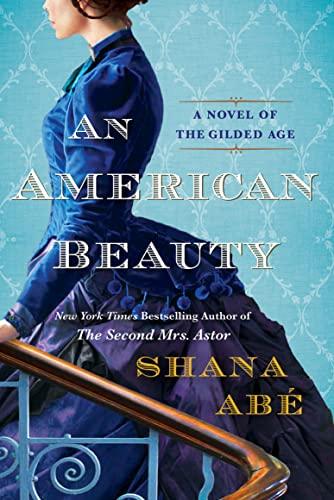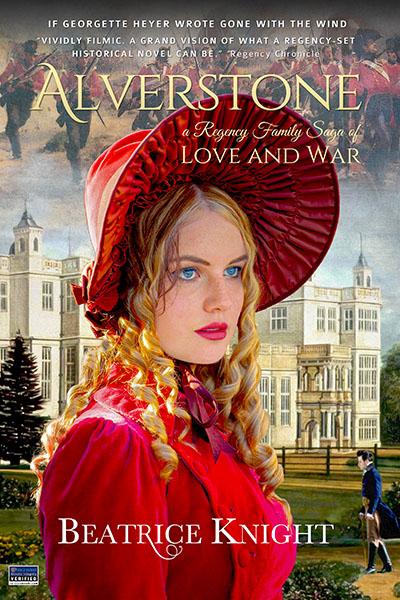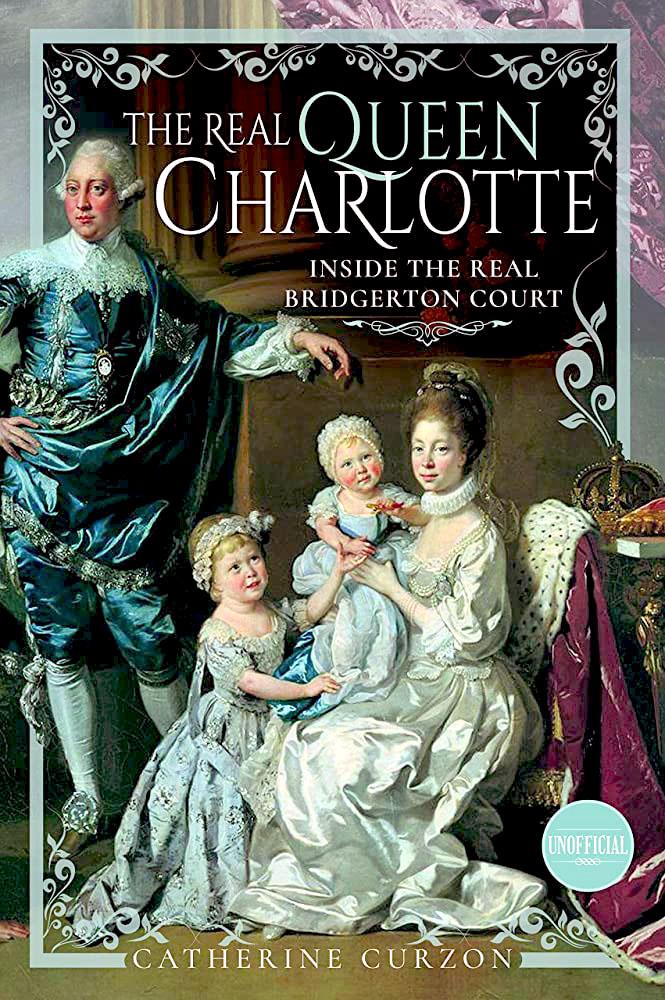How to Write a Great Historical Fiction Family Saga
Great Family Sagas Are Not As Common As You Might Expect
It’s not easy to find a historical family saga centered on fictional characters. More common by far are fictionalized retellings of history focused on the lives and power struggles of royal dynasties, military heroes, and other notable ‘influencers’ of the day. Google ‘Borgia’ and you’ll find some good examples. Biographical fiction in a historical setting is not a family saga unless it’s multigenerational and told on a grand scale.
You may have noticed that the ‘family saga’ label is often used to market light historical romance series that give different members of the same family their own romances. In historical fiction, what differentiates a traditional family saga from a multi-book light romance series? In a word, Scope.
Historical family sagas are characterized by:
- Sweeping Storytelling: each volume is typically three or four times the length of a light romance. This big canvas enables and in-depth telling of complex family histories. Game of Thrones, for example, is a saga of feuding families told on an epic scale. Ask yourself if the story could be told to equal effect in series of short, light romances claiming to be a saga. Okay, now you know the difference.
- Multigenerational: family sagas may span decades, even centuries, following the fortunes of multiple family members across generations and exploring how their actions impact the lives of descendants.
- An Ensemble Cast of Characters: dynamics between parents, children, siblings, extended family and an inner circle of friends, neighbors and sometimes servants, can be encompassed. Characters are well-developed. Their hopes and dreams, and ambitions and struggles, make them relatable to readers. Supporting characters also journey through distinct arcs.
- Authentic Historical Setting: historical family sagas usually take place against the backdrop of turbulent times, social shifts, and societal norms, which provide context for the actions of the characters. Well-researched period detail creates a strong sense of place and time. On a more personal level, historical authenticity can inform dialogue, idiom, etiquette, clothing, dining, and entertainment to varying degrees, enabling readers to immerse themselves fully in the world inhabited by the characters.
- Love, Romance, Jealousy, Betrayal: romantic relationships, divided loyalties, and family rivalries are a source of conflict and tension in family sagas, propelling the narrative, raising the stakes for the main protagonists, and taking readers on an emotional rollercoaster through love, passion, joy, heartbreak, despair, and renewal. A rewarding love story is usually a key element, but there is no guarantee of an HEA for every character.
- Interwoven Subplots: Within the larger narrative, interconnected subplots and individual character arcs contribute to the richness of the story.
- Universal themes: historical family sagas continue to appeal to readers because they feature timeless themes: love, loyalty and friendship; identity and alienation; good vs evil; power and corruption; loss and grief; crime and punishment; freedom, courage, faith, redemption…
The best family sagas combine many of these elements to weave a rich tapestry that can span multiple volumes, each a lengthy, full-bodied read.
Hall of Fame
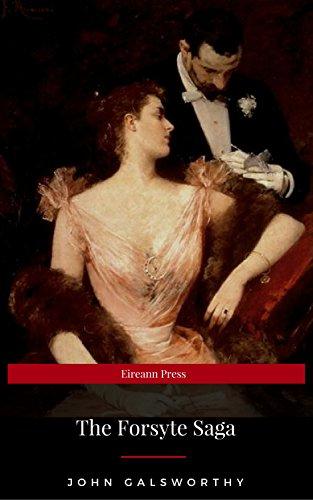

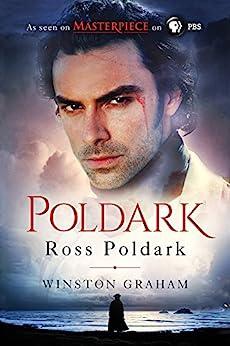
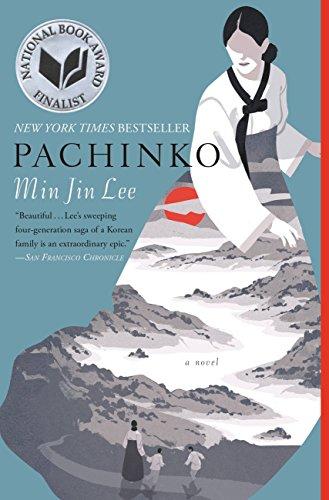
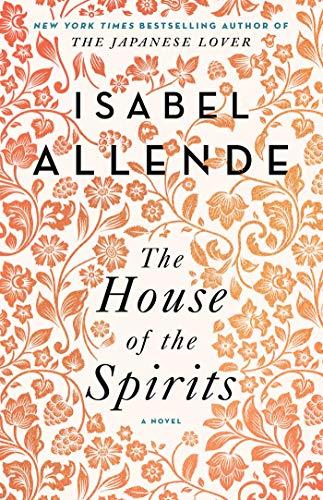
Harness Universal Themes to Charge Your Story
What all the historical family sagas listed above have in common is universal themes. These stories resonate with readers from diverse cultures and backgrounds because they reflect emotions and experiences common to the human condition we all share. Authors of the best family sagas harness many of these universal themes in the arcs of different characters and in the plot and subplots that drive their stories:
- Love. Eliminate love stories from literature and you won’t be left with much. Romantic love, familial love, platonic love, even self-love – and the related emotions of jealousy, betrayal, lust, and yearning – are a central theme in family sagas because families don’t exist without it.
- Friendship. A form of love, friendships, and the implicit bonds of loyalty, trust, and camaraderie can shape characters and their journeys. Friends can becomes lovers or enemies. The latter can be an exceptionally powerful theme because betrayal is such a profound emotion – think Judas.
- Identity and Self-discovery. A compelling theme in many novels, this quest is a strong plot driver in many historical family sagas. Readers can relate to characters who question who they are and try to carve out their place in the world. These characters are often driven by an urge to prove themselves, which can compel decisions and actions that advance the plot and strengthen their character arc. Or, they may feel a sense of alienation and be on a quest for belonging – love stories often harness this theme.
- Coming of Age. An aspect of the quest for identity, coming-of-age themes explore the transition from childhood to the self-awareness of adulthood. With its inherent confusion, challenges, and character growth, this theme is a staple of literature which can also be powerful in a family saga.
- Good versus Evil. A classic theme in literature, some aspect of good vs. evil is explored in most historical family sagas because they are set in the context of significant events such as wars and political power struggles and corruption. In a more domestic sense, authors may explore inter-familial rivalries, hatreds, and power dynamics – including those between husband and wife, parent and child, and siblings. These themes drive conflict between characters, and also create internal conflict as characters grapple with moral dilemmas and questions of honor, duty, and virtue.
- Loss and Grief. Very few families escape loss and grief, so it’s a powerful, life-shaping theme in most family sagas.
- Redemption. This theme crops up constantly in family sagas because it’s human to make mistakes that can violate trust and cause chaos between family members. Readers relate to characters on a quest to repair harm they did, and to obtain forgiveness and redemption for past actions. These journeys make for strong character growth.
- Freedom. Societal and familial constraints on freedom and autonomy are often felt most keenly by women, the poor, and oppressed groups of people. Rags-to-riches stories are incredibly popular because they employ this theme. Characters who break free, through courage and determination, make for inspiring protagonists. They can also be effective anti-heroes or even villains if they achieve their goal by crushing others and allowing revenge to govern their actions. The questions ‘at what cost?’ and ‘do the means justify the end?’ resonate with readers.
- Search for Truth. This theme resonates because the history of humanity reveals a perpetual quest for truth and knowledge. Characters seeking knowledge, wisdom, or enlightenment are often featured in literature.
These universal themes are not exhaustive, but they encompass many of the fundamental aspects of the human condition that have resonated with readers throughout literary history. They continue to inspire writers to craft stories that explore the complexities of human emotions, experiences, and aspirations.
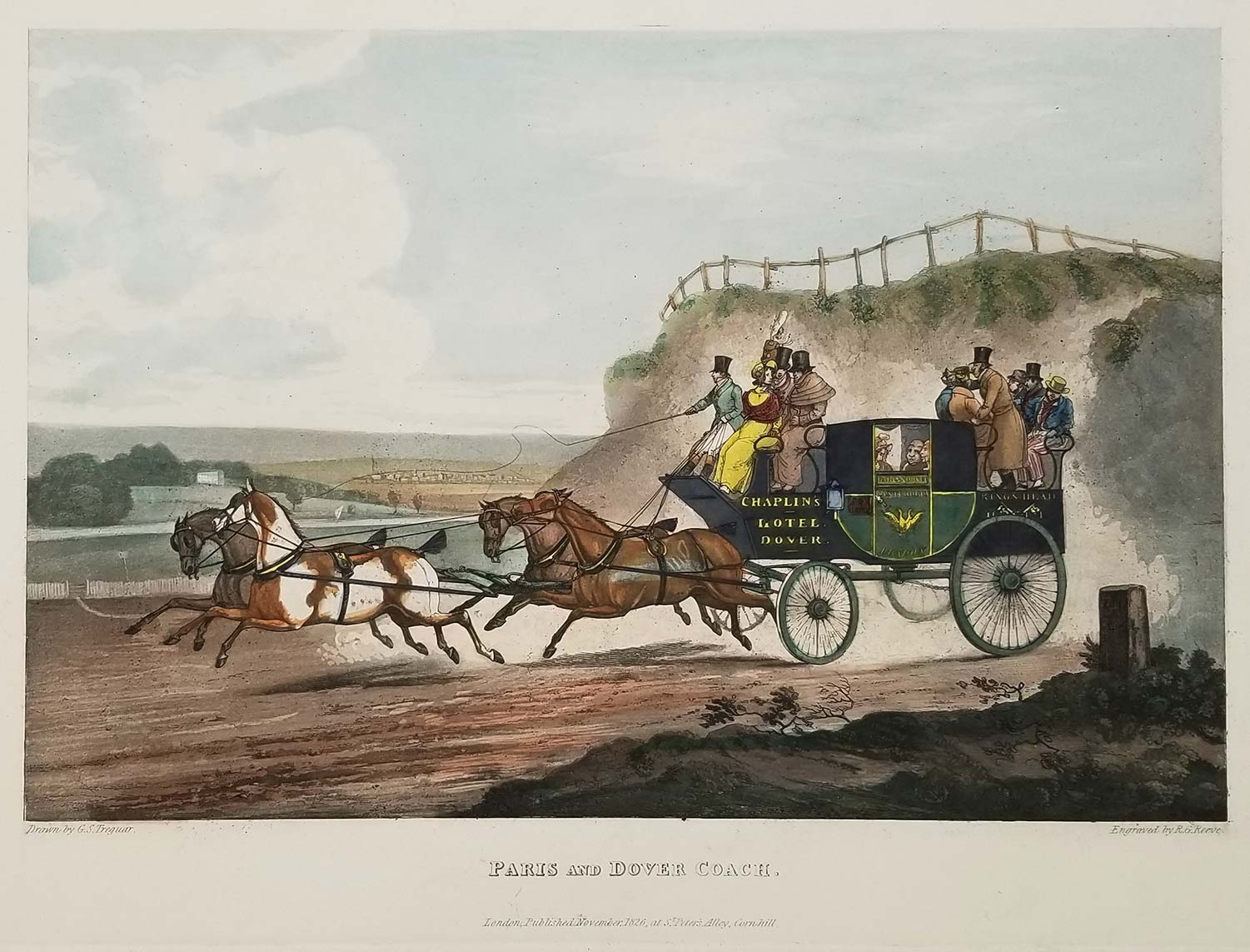
Receive Our Quarterly Update
Receive Our Quarterly Update
Deals, top picks and links to interesting articles.


